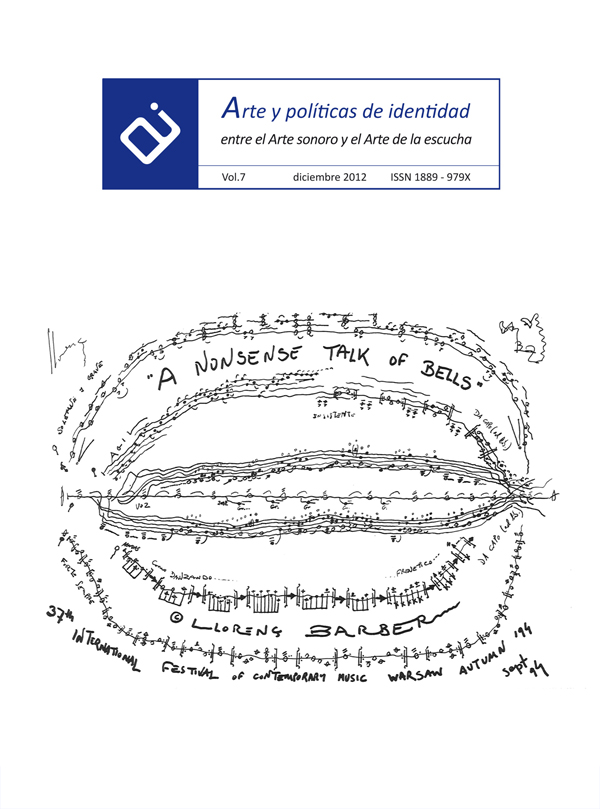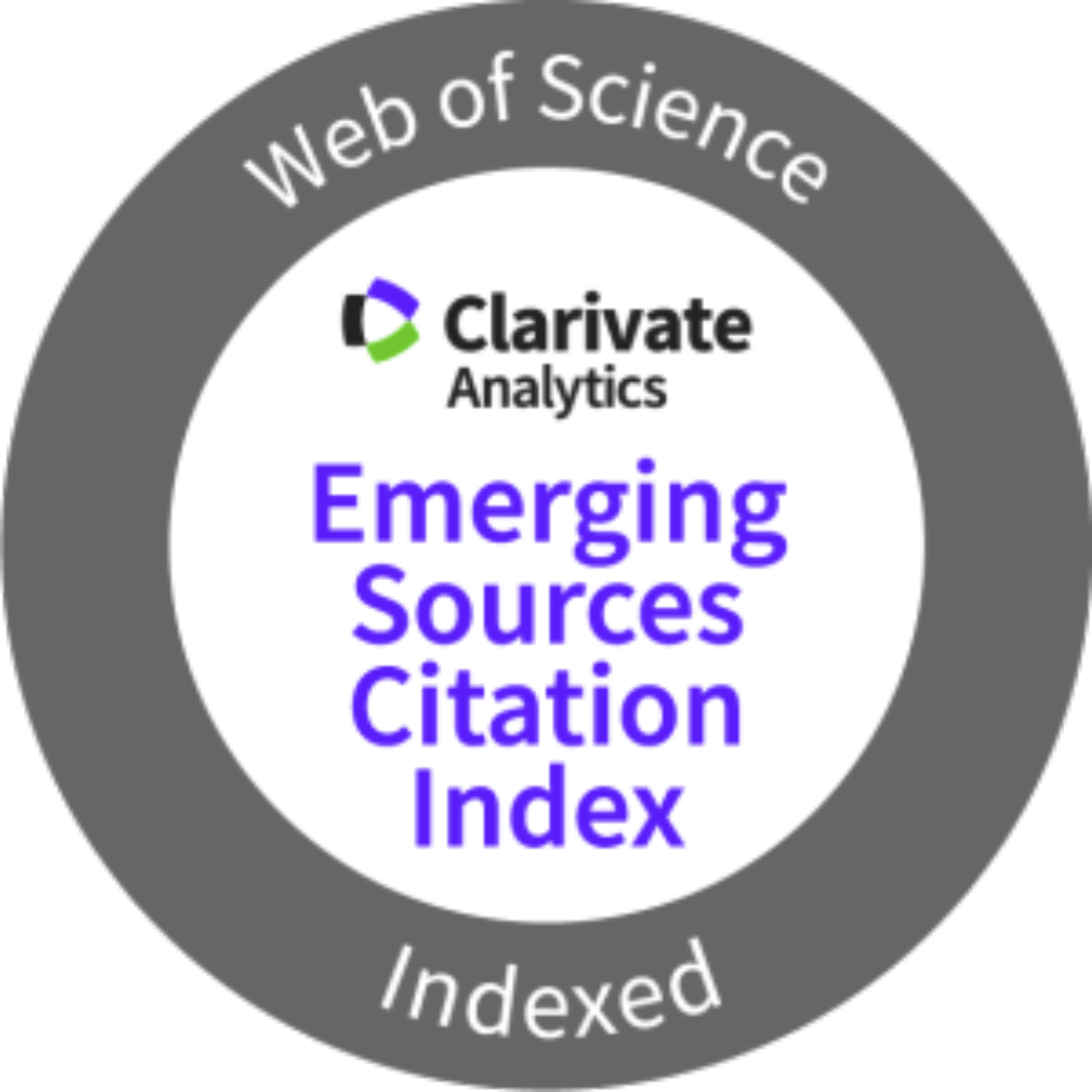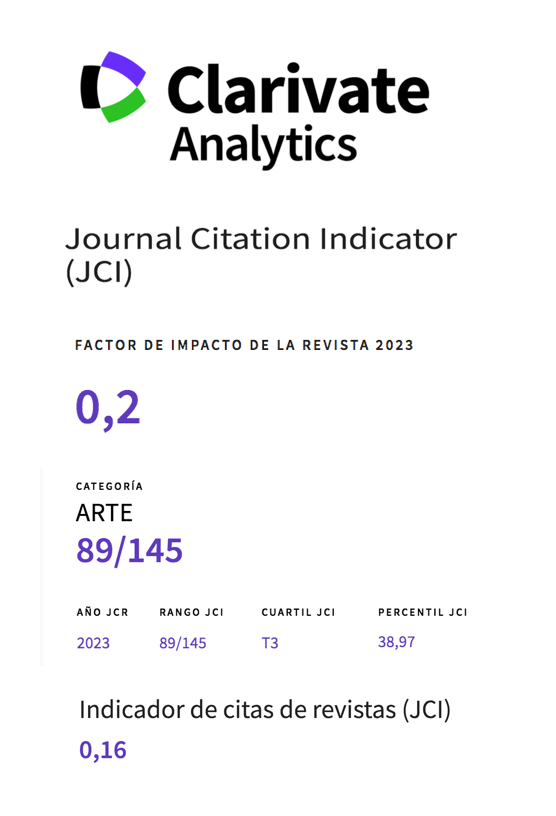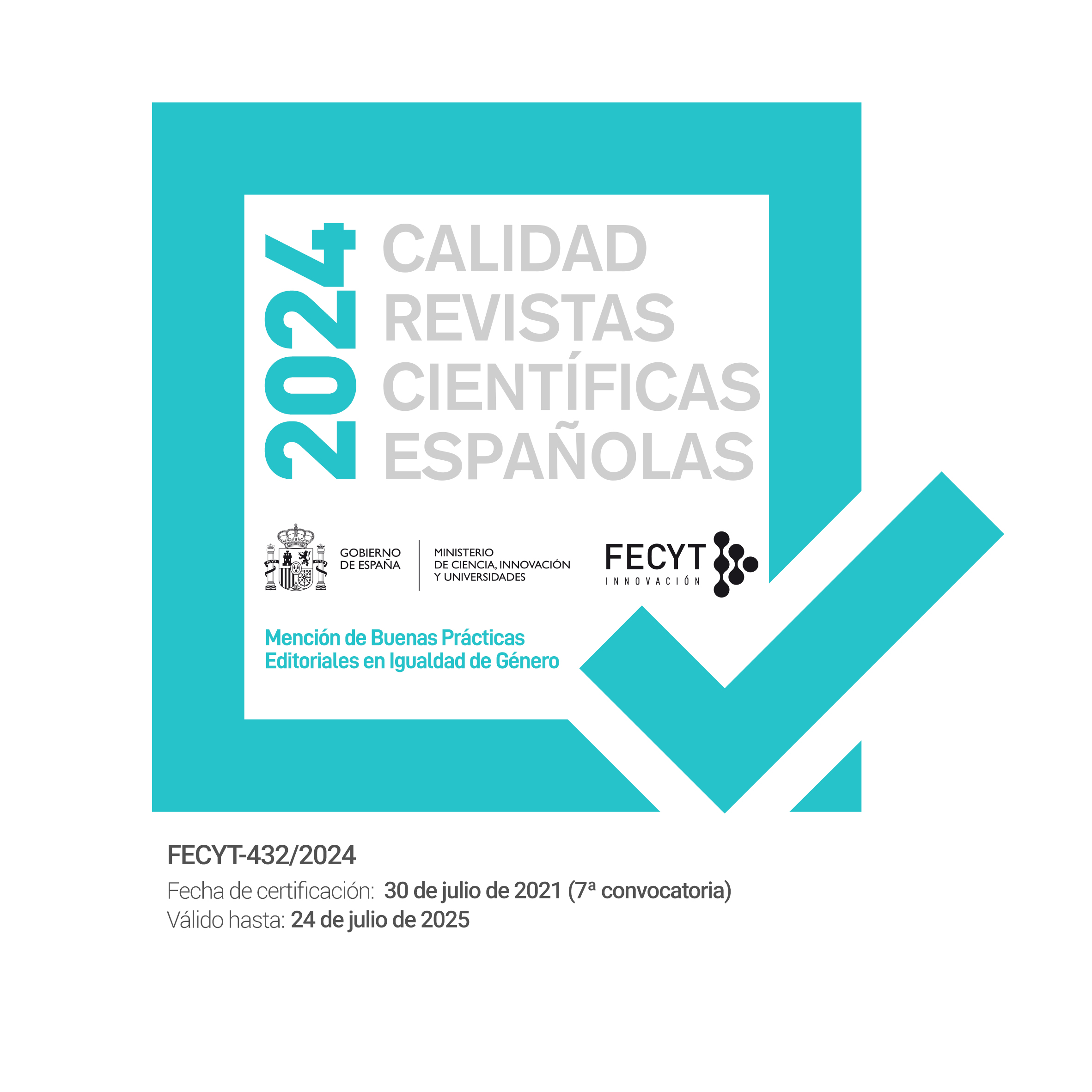Taquigrafonías: La máquina de escribir en el cambio del imaginario laboral femenino y como expresión sonora de la memoria colectiva.
Abstract
This article resumes a part of an investigation in the Master of Visual Arts and Multimedia, with the title “Taquigrafonias : poetic sound for the typewriter, Recovery of Pioneers Works in Sound Art from the History of Spanish Avant-Garde and the Review of its Current Influence”, financed by the Secretary of State in Research, Ministry of Science and Innovation. [Proyecto Ref. HAR2008-04687/ARTE]. In this article we attempt to highlight the use and the impact of the typewriter in today’s society, while analyzing the changes of the modern imagination and it’s influence on the construction of sound memory, collectively and personaly.
Throughout the text, we present the social impact generated by this device that was introduced in both working and private life of people, focusing on the entry of women into the labor market of the office work. In the second part of the work, we explore the influence of the typewriter in art, focusing on research works that evoke the emotional memory through its sound qualities.
Downloads
-
Abstract624
-
PDF (Español (España))881
References
Chion, M. (1999). El sonido. 1. Barcelona: Ed. Paidós.
Cocteau, J. (1956). Teatro: Los padres terribles. Los monstruos sagrados. La máquina de escribir. Buenos Aires: Ed. Losada.
David, P. A. (2006). Clío y la economía del QWERTY. Revista Asturiana de Economía. RAE – No 37.
Davies, M. W. (1974). Womens Place at the Typewriter: The Feminización of the Clerical Labor force. Radical America. Winsconsin: Ed. Buhle and Buhle. Vol. 8.
Deleuze, G; Guatarri, F. (2004). O anti-édipo. Capitalismo y Esquizofrenia - 1. Lisboa: Ed. Assírio & Alvim.
De Andrade, M. (2009). Máquina de escrever. In BONILLA, J.(selección). Aviones plateados. Poetas futuristas Latinoamericanos. Málaga: Ed. puerta del mar.
De Sá, C. P. (2005). Memoria, imaginario e representações sociais. As memorias da memoria social. Rio de Janeiro: Ed. Museu da República.
Debraj, R. (2002). Economía del desarrollo. Barcelona: Ed. Antoni Bosch.
Hoke, D. (1979). The Woman and the Typewriter: A Case Study inTechnological lnovationand Social Change. Wisconsin: Public Museun Milwaukee.
Mantenga, Ch. (1997). La obra cultural de la chica máquina de escribir. In Volumen de Estudios Victoria40, Número 3.
McLuhan, M. (1996). Comprender los medios de comunicación. Las extensiones del ser humano. Barcelona: Ed. Paidós.
Molina, M. (2008). El Arte Sonoro. ITAMAR. Revista de Investigación Musical: territorios para el Arte. Valencia: PUB & Rivera Ed.
Molina, M. (2006). Restituir el Patrimonio del Arte Sonoro de la Vanguardia Histórica: Reconstrucciones, versiones, revisiones, subversiones y perversiones. I Congreso Internacional de Música y Tecnologías Contemporáneas. Sevilla: Edita Universidad de Sevilla.
Nogueira, A. (1934). Um inventor brasileiro. São Paulo: Ed. Emp. da Revista dos Tribunais.
Pratt Rayner, O. (2003). The Type-writer girl. Calgary: Ed. Broadview Press.
Robert, P. (2003). Sex, Lags and Typewriters: Women in office-related advertising, humor, glamour and erótica. The Netherlands: The Virtual Typewriter Museum.
Zan, P. (1980). E o Padre da máquina foi esquecido. In Jornal O Estado de São Paulo.
Works published in this journal are subject to the following terms:
- The Service of Publications from the University of Murcia (publishing house) keeps the published works’ copyrights, and favors and allows the reuse of these works under the license indicated in point 2.
- Works are published in the journal’s online edition under the license Creative Commons Reconocimiento-NoComercial-SinObraDerivada 3.0 España(texto legal). They can be copied, used, disseminated, transmitted and publicly exhibited, as long as: i) the author and original source of publication are cited (journal, publishing house and work’s URL); ii) they are not used for commercial purposes; iii) the existence and specifications of this license are mentioned.
3. Conditions for auto-file. It is allowed and encouraged that authors share electronically their pre-print version (the pre-reviewed version) and /or post-print version (the reviewed and accepted version) of their Works before the publication, since it promotes its circulation and dissemination. RoMEO color: green.










